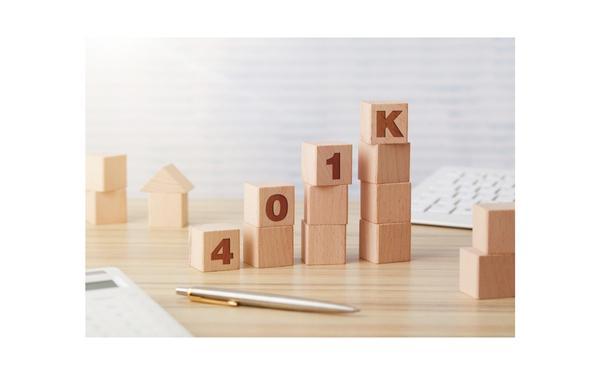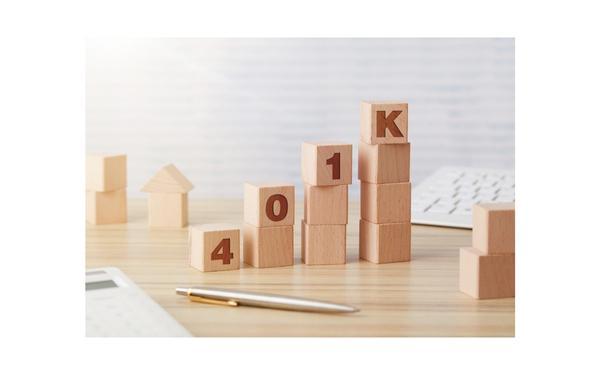Recent months have been difficult for those with 401(k) accounts. You may have seen a decline in the value of your account due to the drop in stock and bond values. However, if you are worried about your financial future, regardless of your age, now is an excellent time to look at your 401(k) plan but do not panic if you are a novice investor. If you are already enrolled in the plan and have kept your contribution level the same since then, then you must consider ways to maximize your plan.

Strategies You Must Look For:
Start Putting Money Aside Now.
When enrolling a new employee in a plan, it's a good idea to choose a higher savings rate than the one used by default. If you wish to enjoy the same standard of living in retirement as you did in your working years, you should save 10% and 25% of your annually earned income during your working years. This increases your chances of saving enough money for retirement.
Maximize the matching program of your company:
A practical first step is to check out your company's 401(k) plans.
Employees are encouraged to save for retirement with incentives that the company matches. It's free money, so you save at least that much every month.
Incentives are one of the greatest features of 401(k) plans. Taking advantage of the employer contribution is the fastest and safest way to double your money. Up until a particular point, it is very unusual for companies to double or even triple employee contributions. Many financial advisers tell their clients to make sure they contribute enough, so they get the maximum corporate match.
3. Place Some Funds In A Roth 401(K)
Most 401(k) plans offer pretax and Roth options. A Roth IRA does not provide an immediate tax deduction, but the earnings on the account are not subject to taxation.
Unlike Roth IRAs, Roth 401(k) contributions are not subject to annual income limits. You may open a pretax account as well as a Roth account. Few individuals choose a Roths plan 401(k) when available.
Individuals who are under 30 and have lower tax rates today may benefit significantly from a Roth plan 401(k). Elderly individuals, who often put their earnings in non-tax accounts, may also benefit from this plan.
4. Put Money Down In A Retirement Account:
You should think about opening an IRA to save for your retirement. Whether or not a regular IRA is the best choice depends on whether you and your spouse can join a company retirement plan. You can earn tax-deferred growth on your retirement savings in a standard IRA and deduct your contributions in retirement.
To be eligible for a Roth IRA, your taxable income must be within the phase-out range for your tax filing situation (the higher your income, the less you can put into the account). As Roth IRA contributions are post-tax, withdrawals made after age 59.5 are tax-free as long as they are made within a specified period.
5. Make Sure Your Investments Are Diverse
A diversified portfolio might benefit investors who are still far from retirement. You still have time to take risks when you're still at least ten years from retirement.
Investing in stocks over the long term may yield more profits than investing in bonds. There has been an average 10% increase in the S&P 500 index yearly for many years. Retirement assets must also generate a healthy rate of return for many retirees.
As you get closer to retirement, 401(k) plans with target-date investment options tend to move your money from more risky investments to safer ones. Investors who don't want to keep their holdings may find these funds useful.
6. Don't Cash Out Too Soon
You might feel tempted to withdraw when you're ready, but it's usually not worth it in the long run. The requirements for withdrawing from a 401(k) might be confusing, but there are ways to avoid paying the penalty. If you are laid off or experience severe financial difficulties, you may need to withdraw from your plan early, which is, unfortunately, a bad idea.
7. Rebalance Your Portfolio
A portfolio's composition might change over time as different parts expand differently. The rebalancing of a portfolio may be necessary for certain investors. During this process, the 401(k)'s distribution is returned to its intended distribution. Investors may "sell high" on certain assets while "purchasing cheap" on others by rebalancing their portfolios.
8. Free Rollover
A 401(k) balance can either be left with your previous employer or transferred to an IRA. When you switch banks, it's best to have your old company wire the money to your new one rather than write a check.
9. Calculate Your Expected Taxes And Your Tax Rate
Taxes can be deferred with a 401(k). Your marginal tax rate will determine the magnitude and impact of your tax savings. You can figure out how much your tax bill will be reduced by making contributions before taxes are deducted from your paycheck.
With the Roth option with certain plans, you can save for retirement without paying taxes. A Roth plan 401(k) is typically the best option if you don't need the tax advantages of pre-tax contributions.
10. Prepare a foolproof retirement plan.
Knowing precisely what you intend to accomplish in your retirement years will help you take the benefits of 401(k). The term "retirement" might represent something different to everyone.

Conclusion
By evaluating which of the strategies mentioned above you've already taken, you can determine whether you're on track with your 401(k) balance and how to enhance it.



